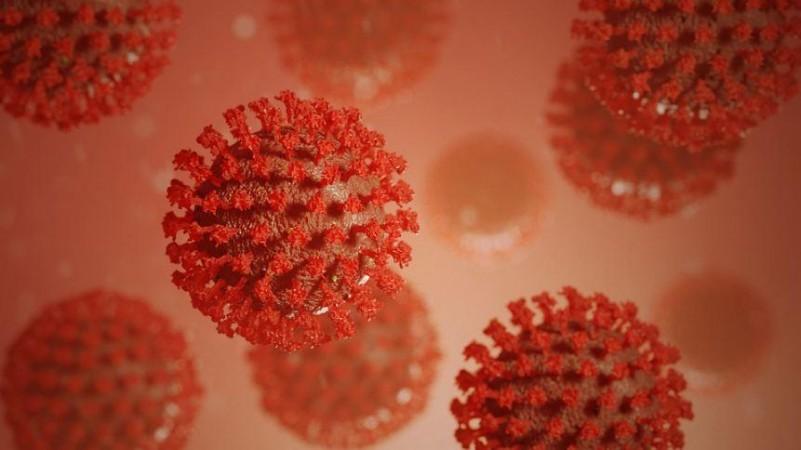Finding a powerful drug and an efficient method to deliver it, has been the biggest challenge in the development of a faultless therapeutic strategy to combat COVID-19. Providing a potential treatment option, a new study has shown that inhalable nanobodies—that target the SARS-CoV-2 coronavirus' spike protein—can help prevent and treat severe cases of the disease.
Scientists from the University of Pittsburgh, using a hamster model, demonstrated that low doses of an inhalable (or aerosolized) nanobody called Pittsburgh inhalable Nanobody-21 (PiN-21) can prevent and treat acute COVID-19. This is the first time that the nanobodies—which are similar to monoclonal antibodies (only smaller in size and more stable)—have been tested for treatment via inhalation against coronavirus infections in a pre-clinical model.
"By using an inhalation therapy that can be directly administered to the infection site—the respiratory tract and lungs—we can make treatments more efficient. We are very excited and encouraged by our data suggesting that PiN-21 can be highly protective against severe disease and can potentially prevent human-to-human viral transmission," said Dr. Yi Shi, co-senior author of the study, in a statement.
Keeping the Pounds On

In a previous study, the authors had discovered a massive number of (over 8,000) high-affinity SARS-CoV-2 nanobodies that could target its notorious spike protein. Turning to this repository of nanobodies, the team picked an ultra-potent nanobody labeled 'Nb21'. In order to amplify its antiviral properties, Nb21 was bioengineered into its trimeric (composed of three identical simpler molecules) form. Based on their review of other published studies, the authors stated that the resultant nanobody—PiN-21—is the most potent antiviral nanobody that has been identified by far.
Next, the authors evaluated the efficacy of PiN-21 on Syrian hamsters (infected with SARS-CoV-2) when dispensed intranasally and through aerosol delivery. When PiN-21 was administered through the intranasal route, it was found to have a protective effect. In contrast to hamsters in the placebo-treated group who lost up to 16 percent of their bodyweight (corresponding to around 9 kgs In humans) following one week of infection, animals in the PiN-21 treatment group did not lose any bodyweight at all.
A Miracle Aerosol

For the delivery of PiN-21 through aerosolization, the team had to mitigate several challenges. The most important of which was the size and strength of the particles. Aerosol particles of small size—meant to reach deeper parts of the lungs—must be of dimensions that prevent them from clumping. They also must be durable enough to survive the immense pressure necessary for their suspension in the air. As PiN-21 nanobodies are nearly four times smaller than typical monoclonal antibodies and highly stable, they were ideally suited for the task.
Exceeding the efficiency of intranasal delivery, inhalation of aerosolized nanobodies at extremely low doses led to the reduction in the number of viral particles in the nasal cavity, throat, and lung tissues by around a million fold (or 6-logs). Notably, the hamsters that received aerosolized PiN-21 displayed milder changes in lung structure, along with a lower degree of inflammation when compared to animals in the placebo group.
No Competition With Vaccines

When it comes to their usefulness in the management of COVID-19, vaccines and nanobodies are not competitors, but rather complementary to each other, the team emphasized. They highlighted that while vaccines are fundamental in the prevention of the disease, nanobodies are immensely useful for treating infected individuals and those who cannot receive vaccination due to other medical causes.
The encouraging preclinical data, along with the team's expertise in swiftly identifying nanobodies with drug qualities, offer hope for a treatment option that is convenient and cost-effective. It can also facilitate therapeutic options that can be quickly adapted to tackle the rapidly evolving coronavirus.
"This work is the result of experts in nanobody production, infectious disease and aerobiology working closely together. At the University of Pittsburgh Center for Vaccine Research, we don't just talk about ideas, we actually make them come to life," concluded Dr. Paul Duprex, co-senior author of the study.








